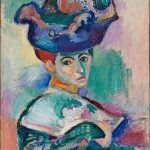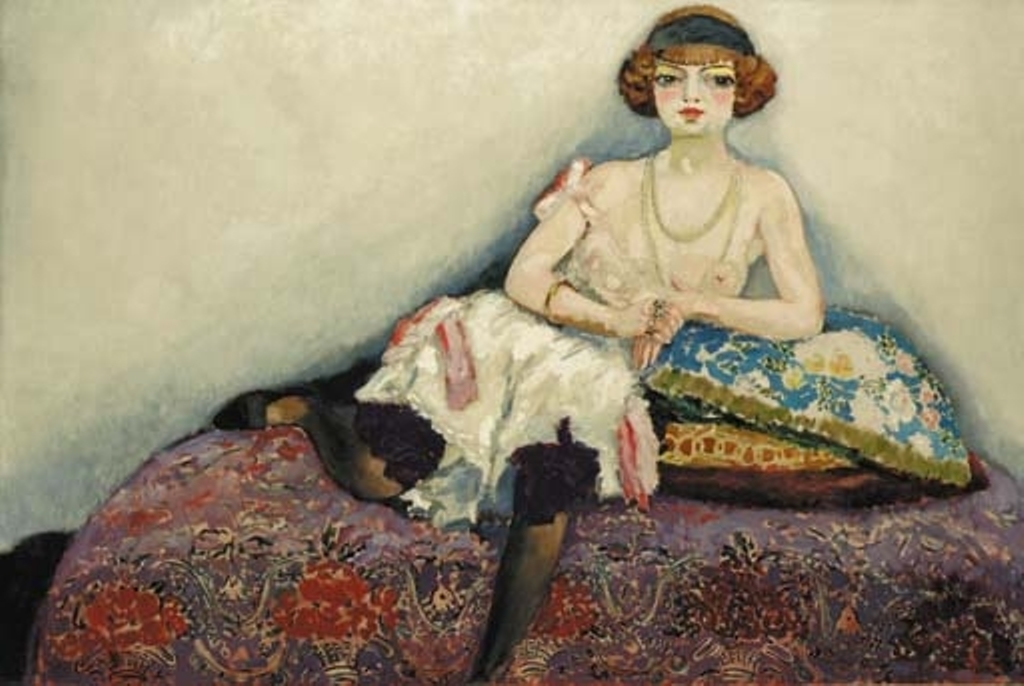
Kees van Dongen, born Cornelis Theodorus Maria van Dongen, was a Dutch-French painter known for his significant contributions to the Fauvist movement and his iconic portraits of the Parisian elite. Here is a brief biography of his life:
Early Life:
- Kees van Dongen was born on January 26, 1877, in Delfshaven, a suburb of Rotterdam, Netherlands. His father was a sea captain, and his mother came from a family of brewers.
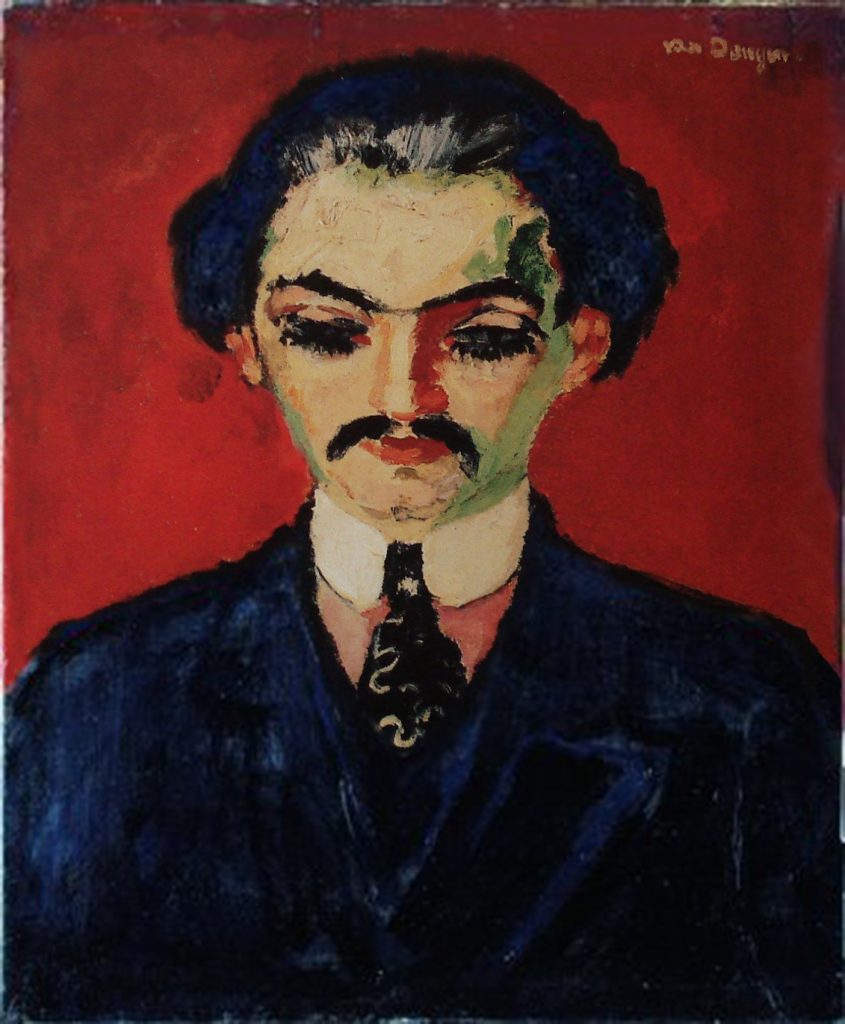
Artistic Beginnings:
- Van Dongen showed an early interest in art and began working as a draftsman in the brewing industry. However, his passion for art led him to enroll in evening classes at the Royal Academy of Fine Arts in Rotterdam.
Move to Paris:
- In 1897, Van Dongen moved to Paris, which was the center of the art world at the time. He initially worked as an illustrator and caricaturist for various publications, developing his skills and establishing himself in the artistic community.
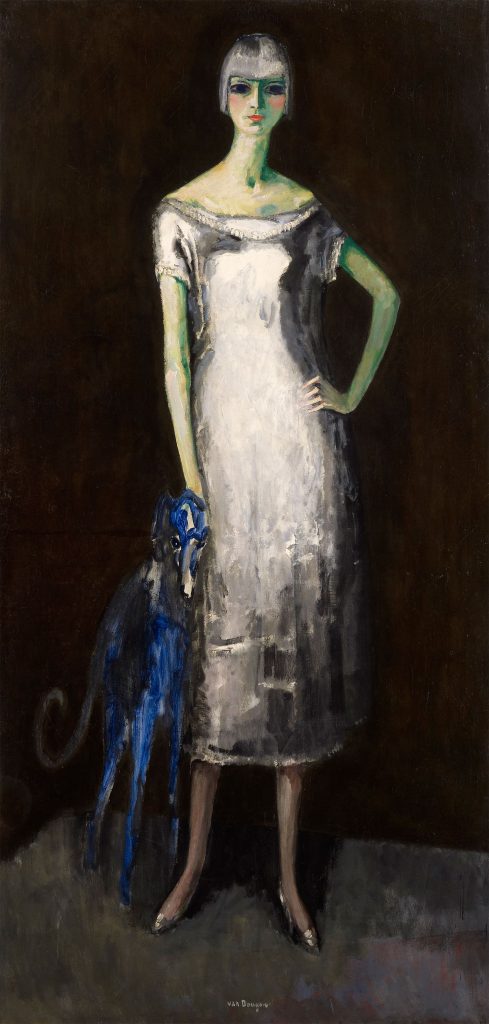
Fauvist Period:
- Van Dongen’s breakthrough came when he associated with the Fauvist movement, led by artists like Henri Matisse and André Derain. Fauvism emphasized bold, non-naturalistic colors and simplified forms. Van Dongen embraced this style, which set him apart from many of his contemporaries.
Iconic Portraits:
- Van Dongen became renowned for his striking and often sensuous portraits, which depicted society figures, dancers, and celebrities. His use of vibrant colors and a certain detachment in his subjects created a sense of allure and enigma in his work. One of his most famous paintings, “The Corn Poppy,” exemplifies his Fauvist style and mastery of color.
Commercial Success:
- Van Dongen’s art found commercial success, and he created illustrations for books, designed posters, and contributed to various forms of commercial art. This added to his popularity and financial stability.
World War I and Later Career:
- During World War I, Van Dongen served as a war artist and painted scenes from the front lines. After the war, he continued to evolve as an artist, moving away from Fauvism and experimenting with different styles and techniques.
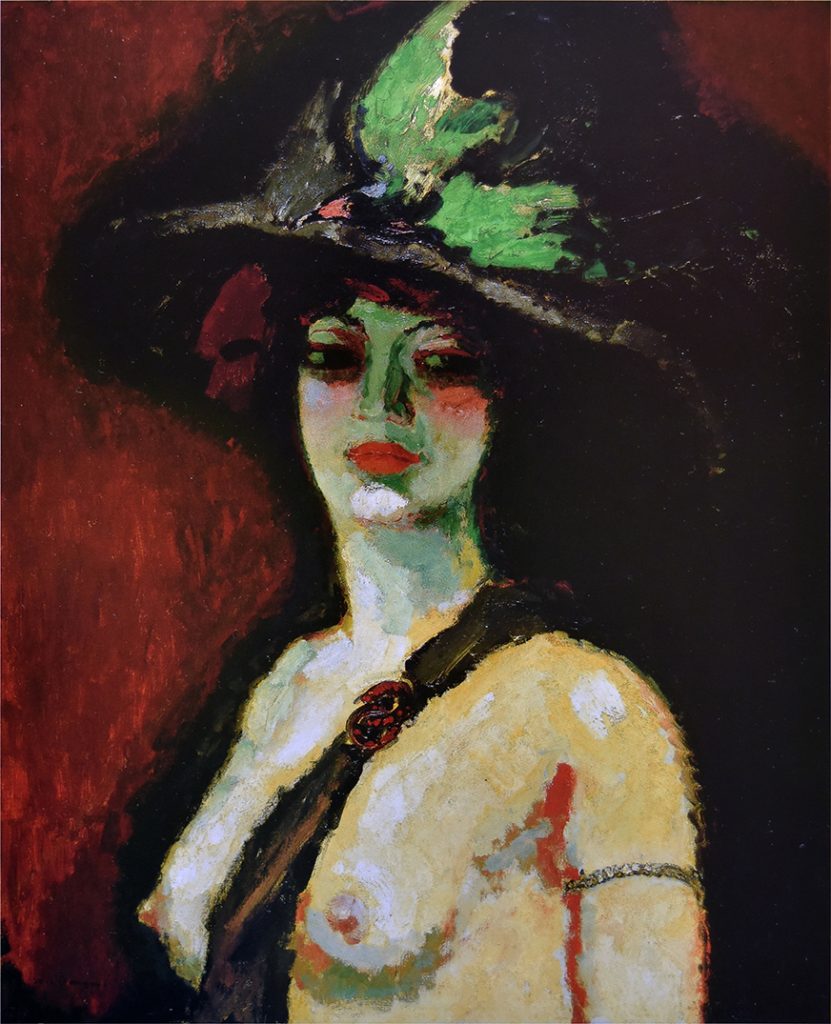
French Citizenship:
- In 1929, Van Dongen acquired French citizenship, solidifying his connection to the French art scene and his status as a prominent artist in the country.
Legacy:
- Kees van Dongen’s contributions to the Fauvist movement and his unique approach to portraiture left a lasting impact on the art world. His work continues to be celebrated for its bold use of color, its sensuality, and its representation of the cultural and social life of early 20th-century Paris.
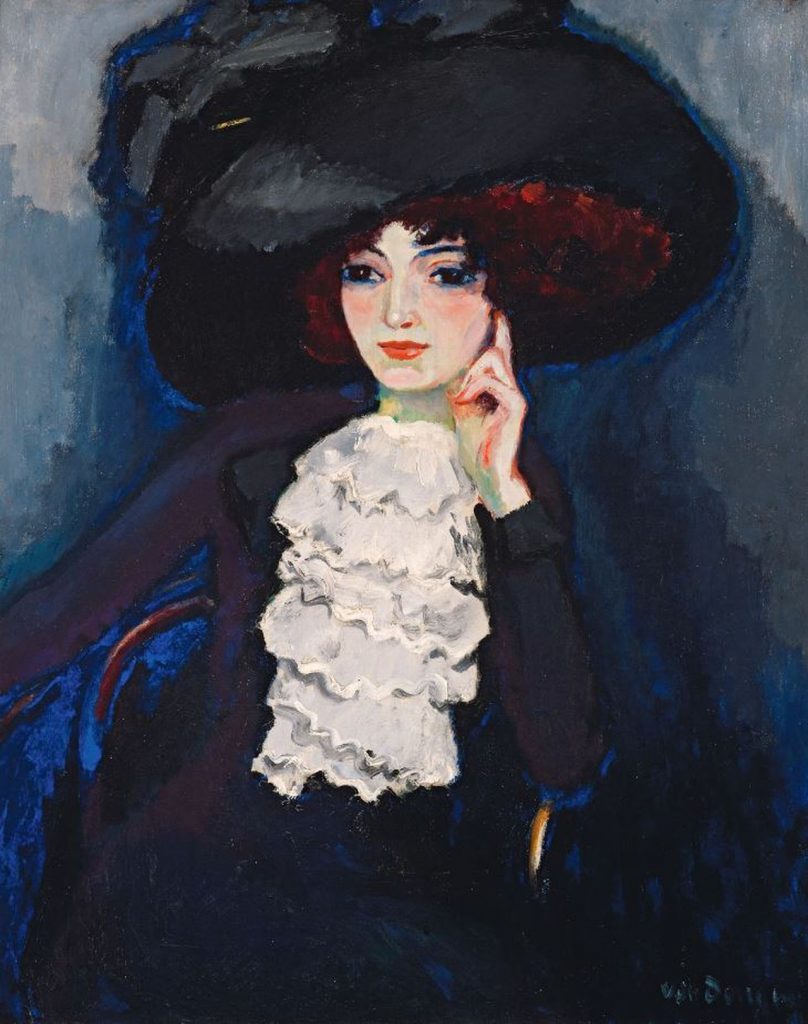
Kees van Dongen passed away on May 28, 1968, in Monte Carlo, Monaco. His legacy lives on through his art, which is displayed in museums and collections around the world, ensuring that his unique vision of Fauvist painting endures for generations to come.



